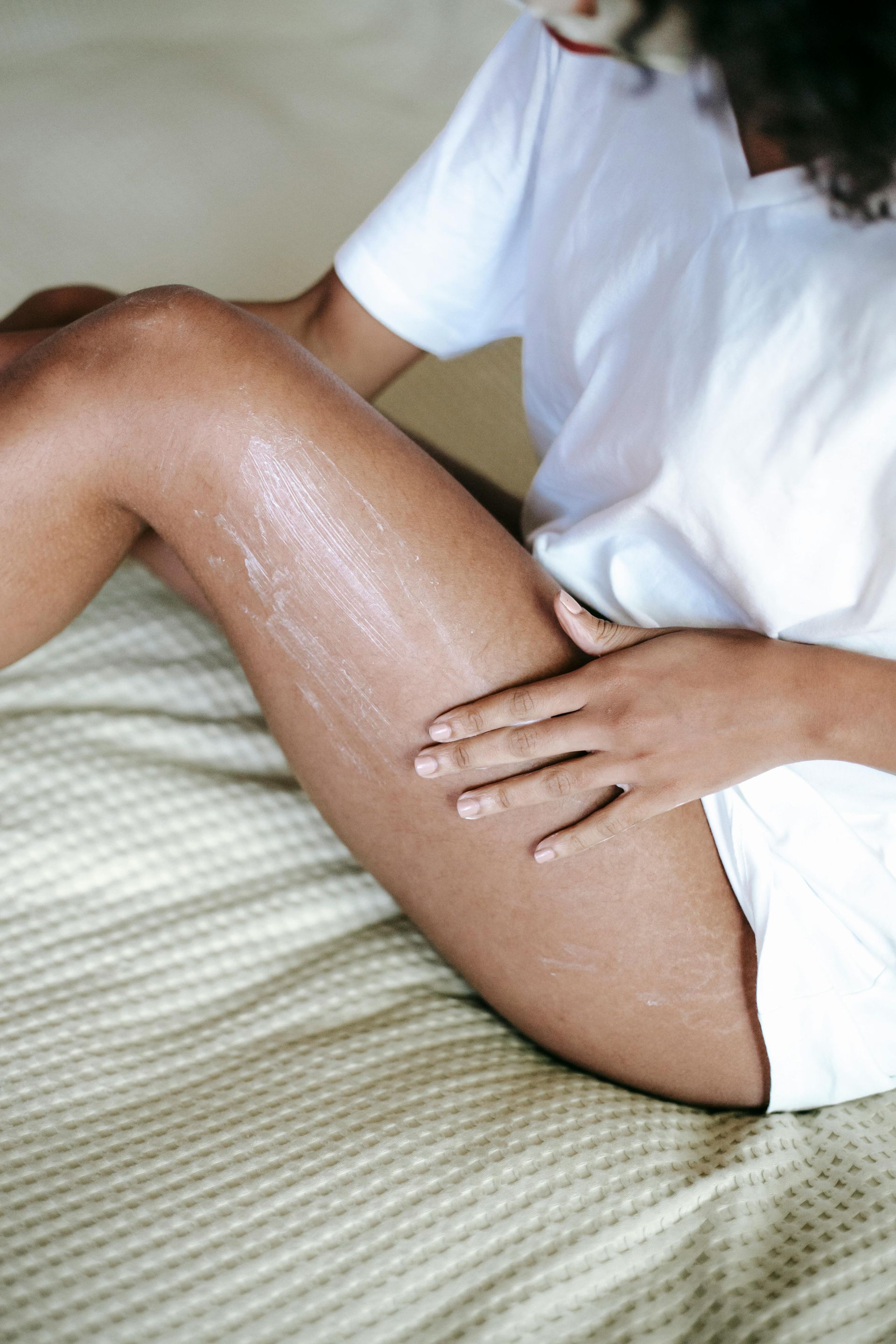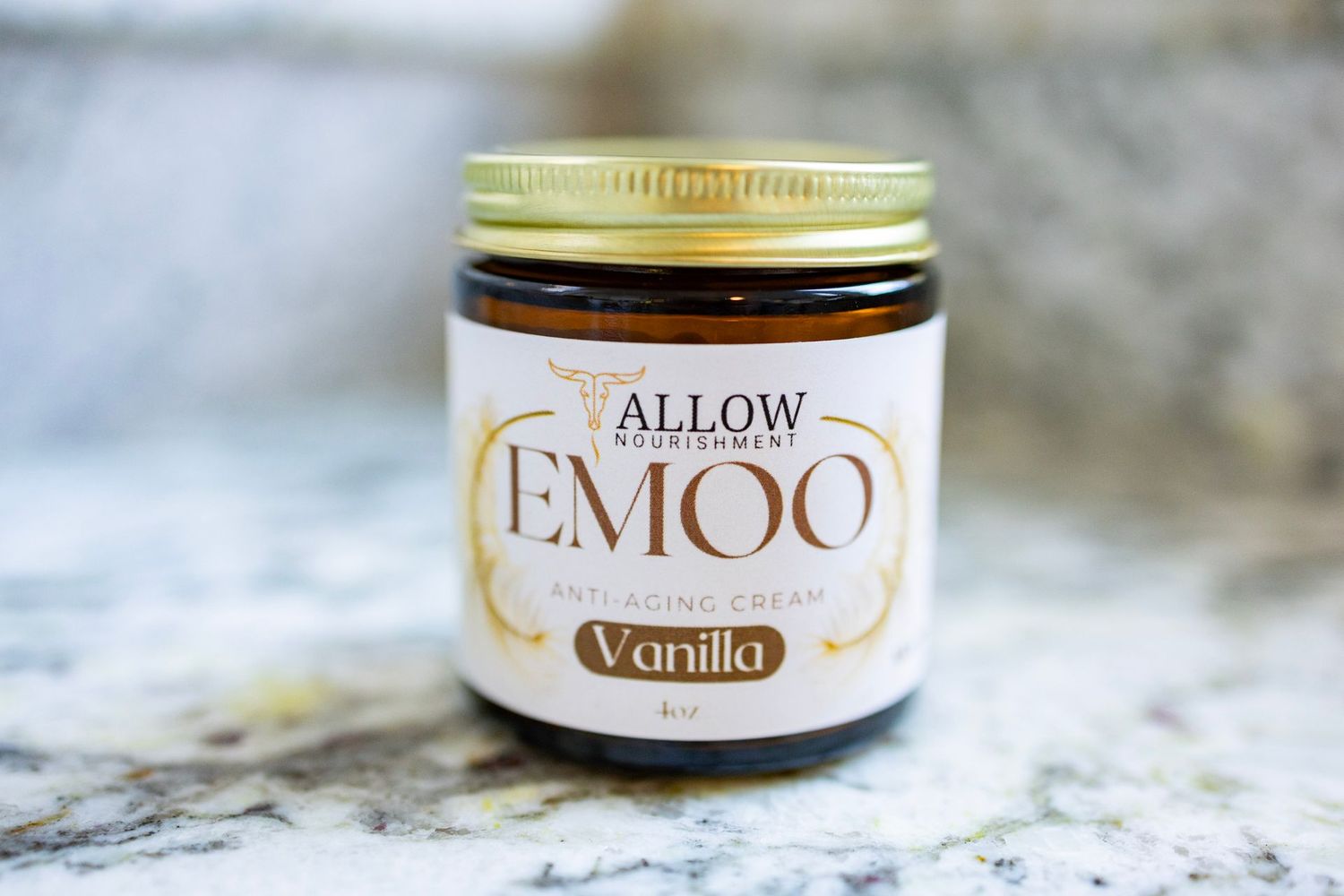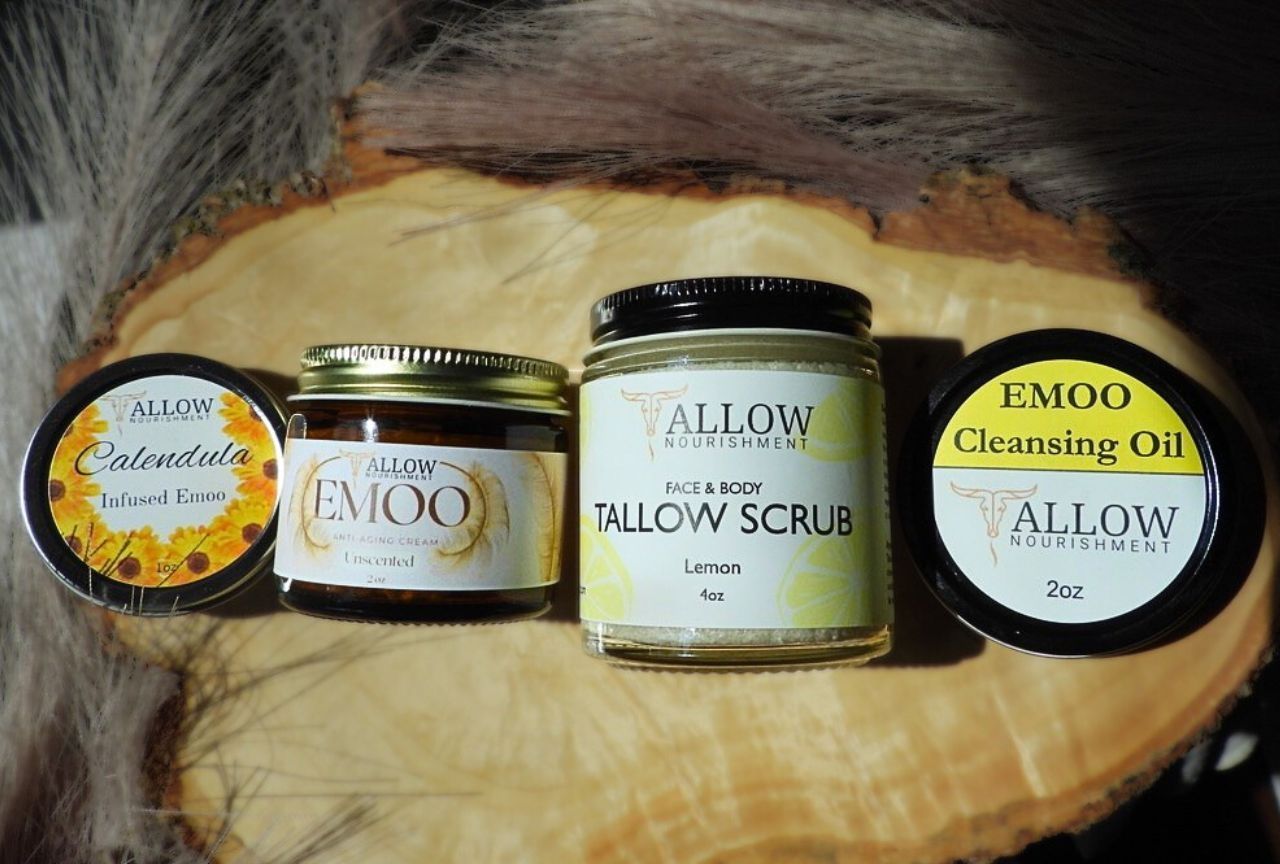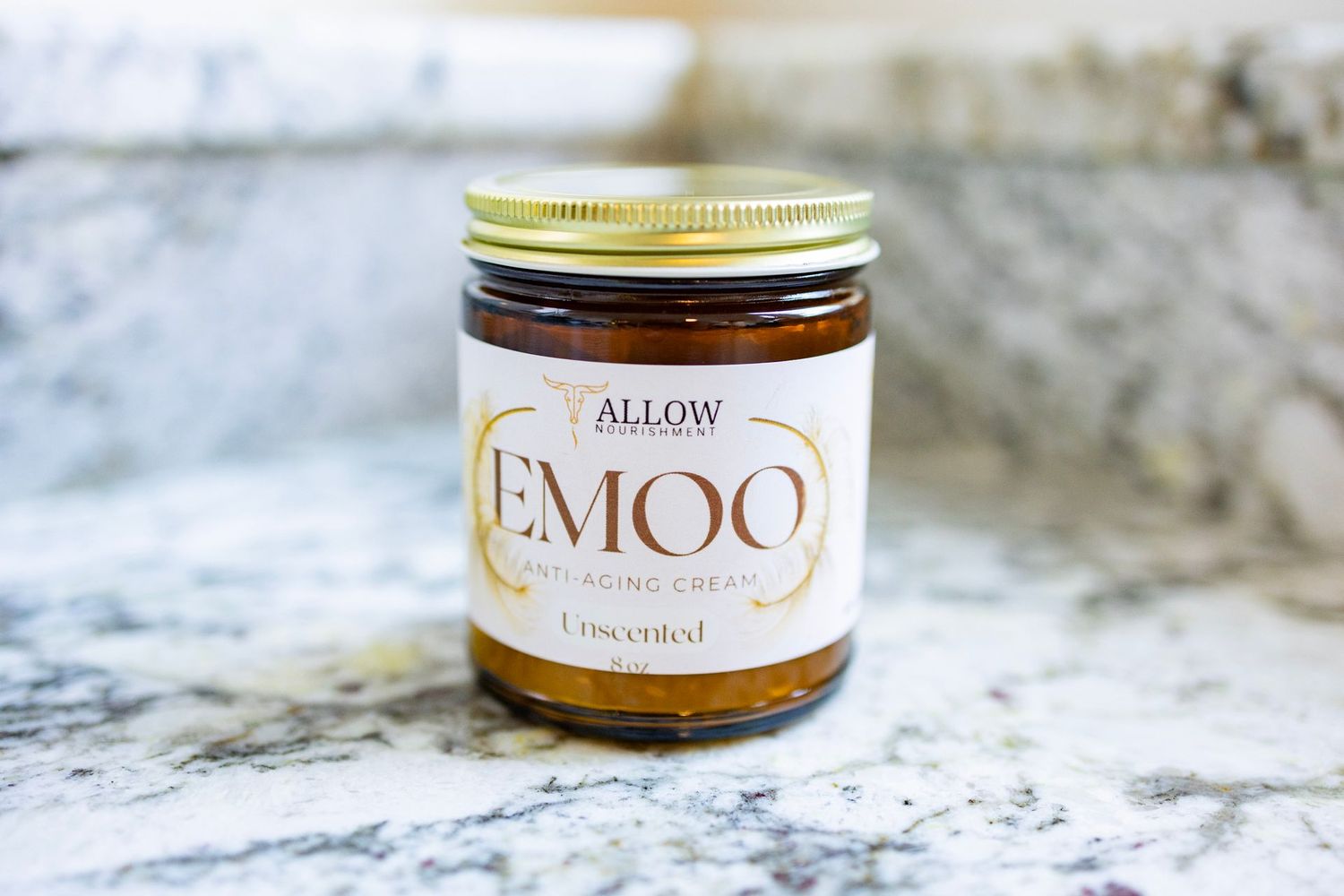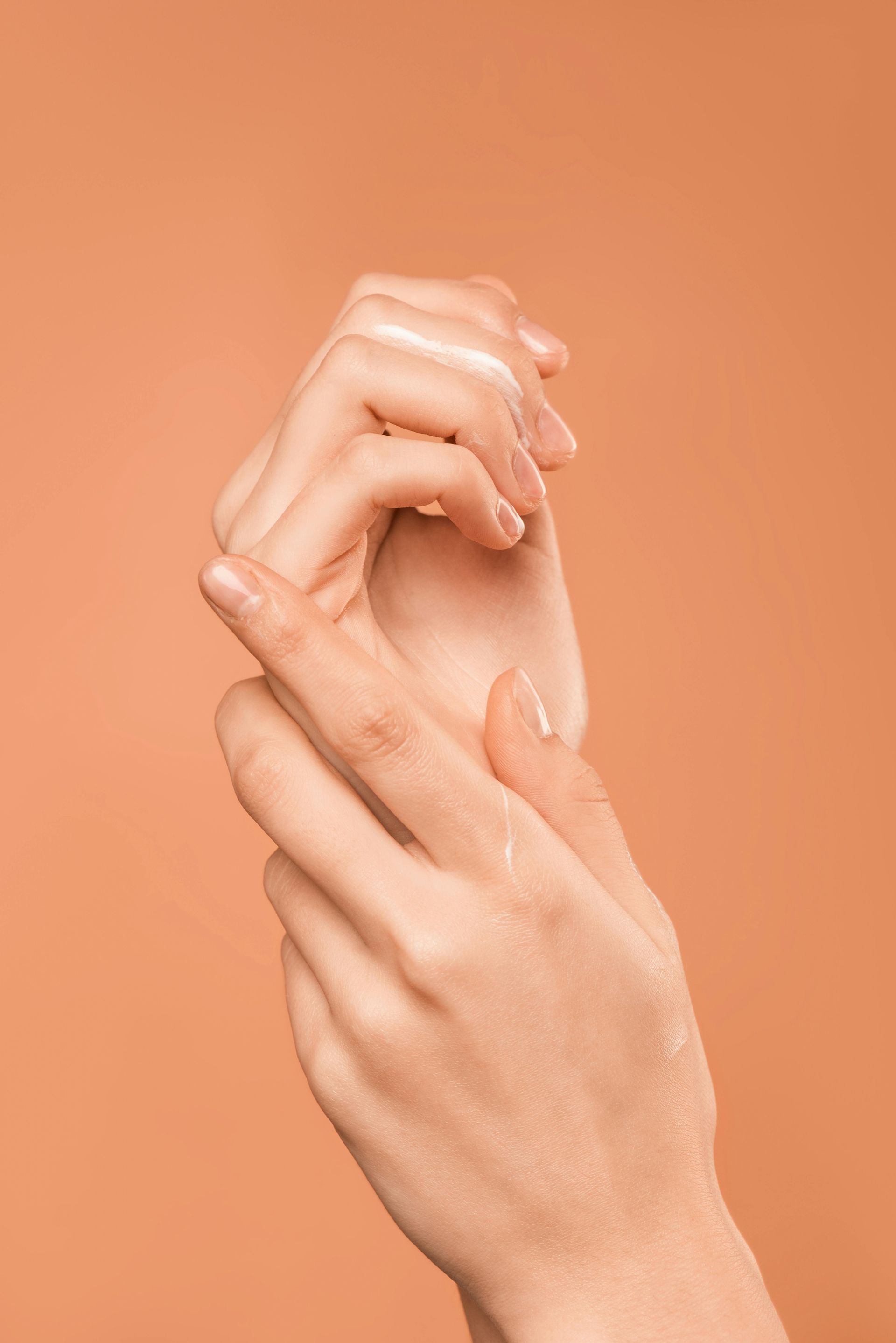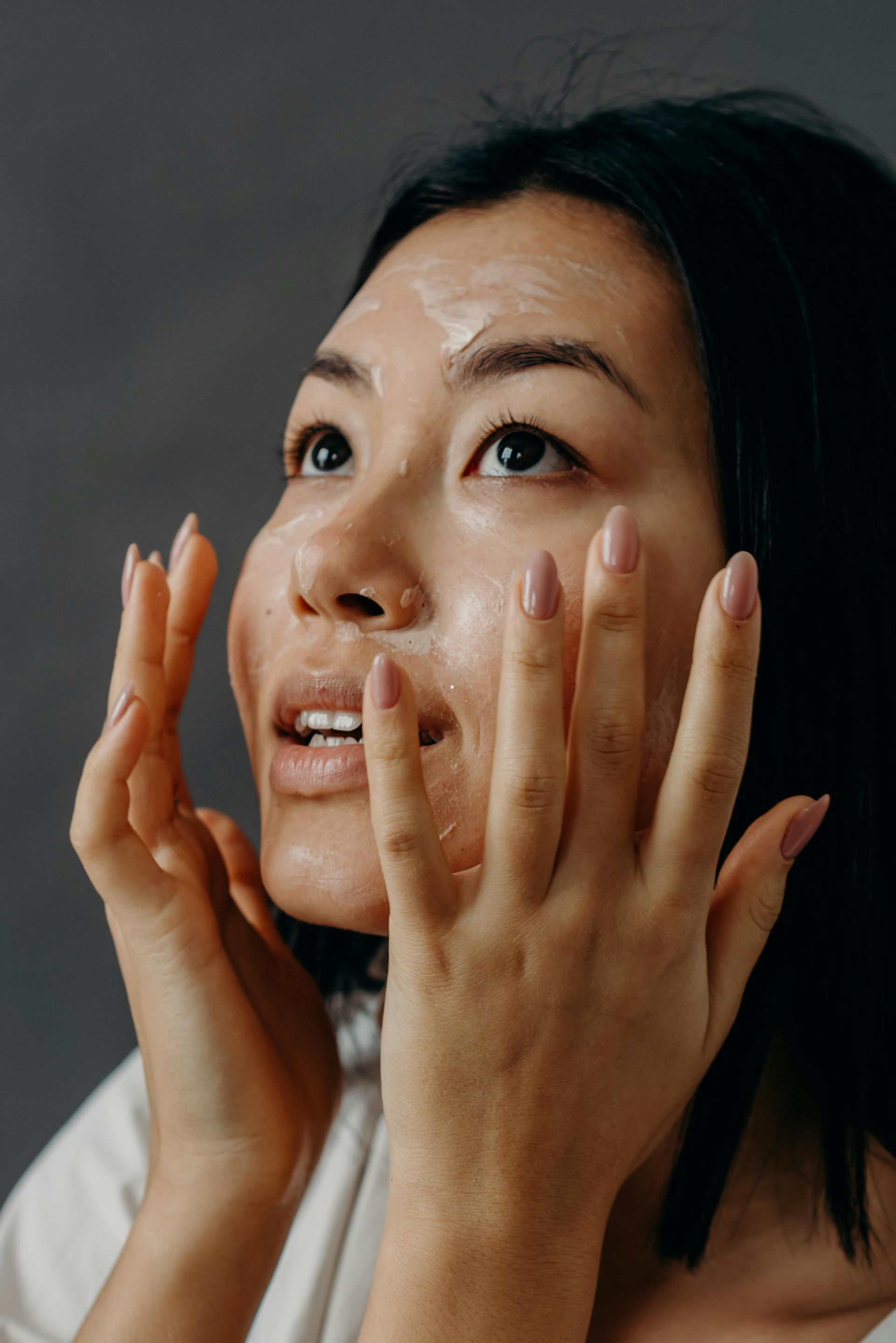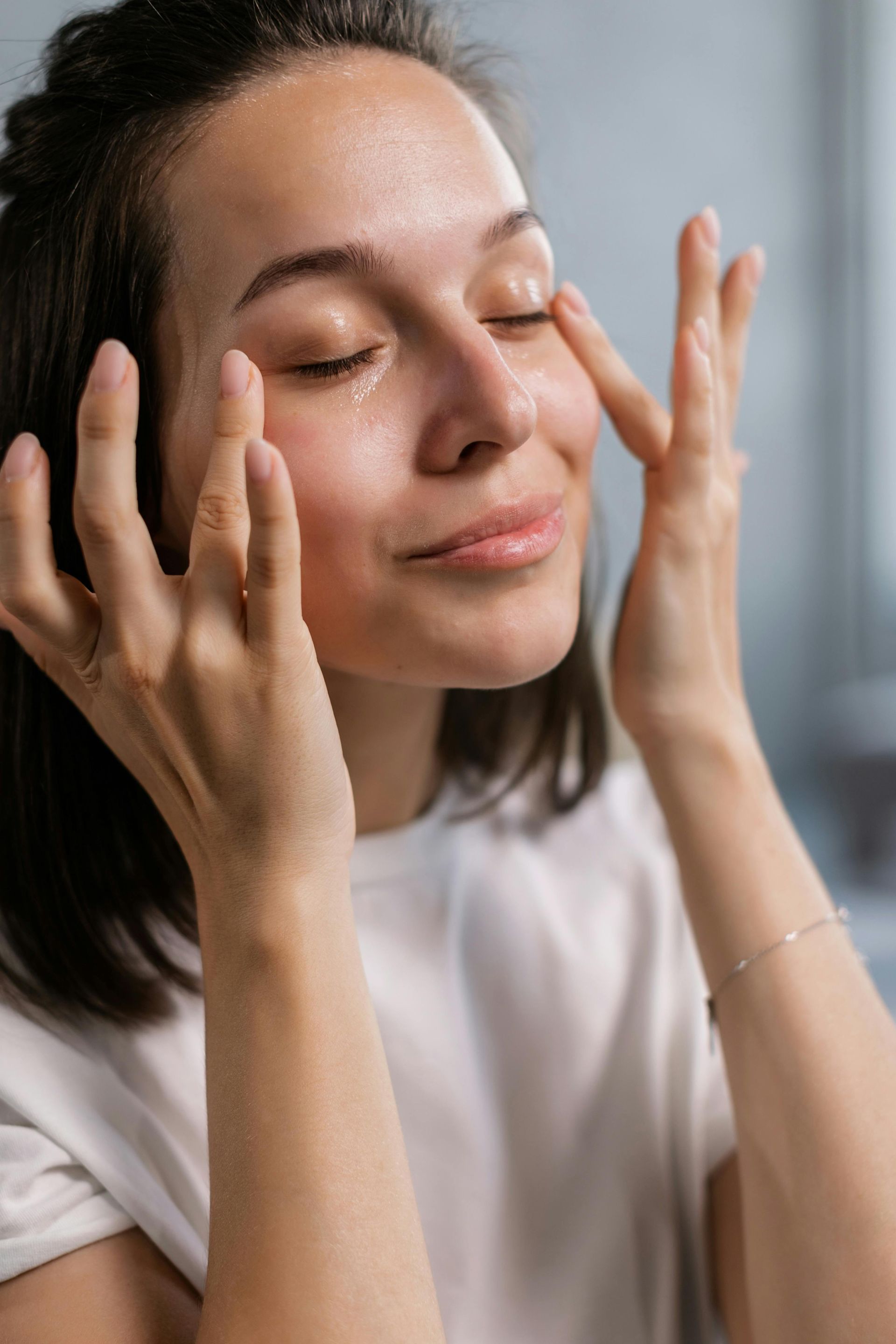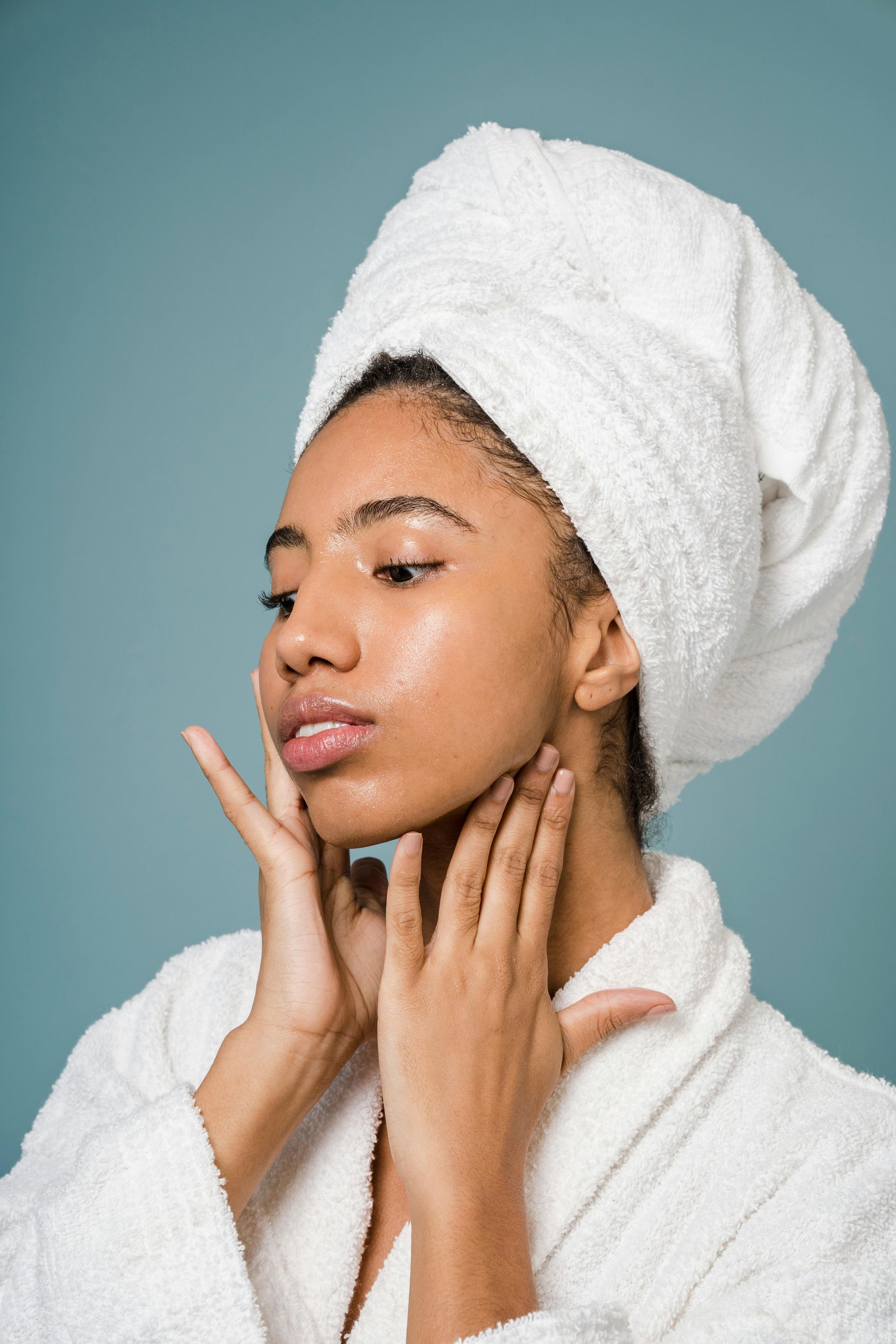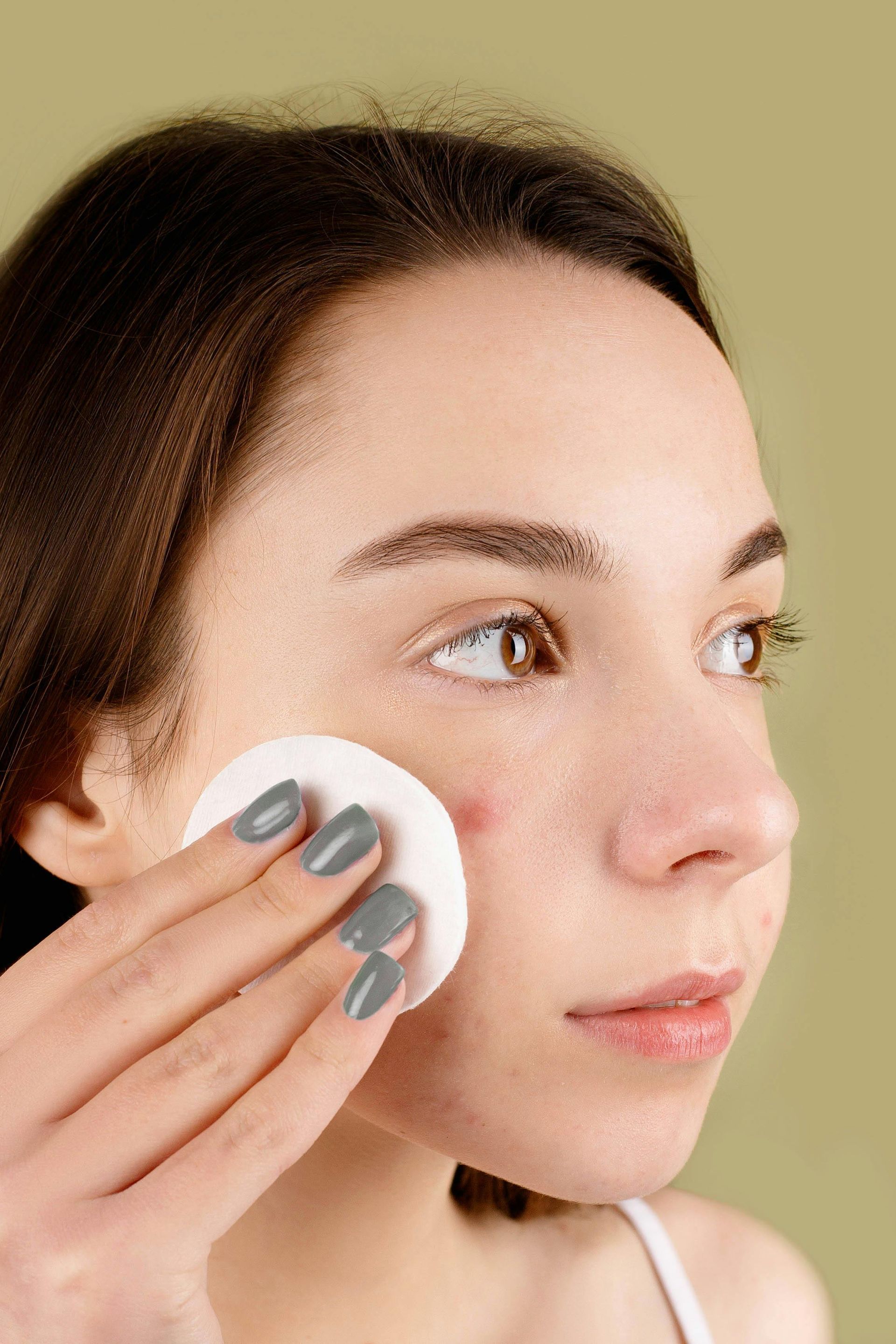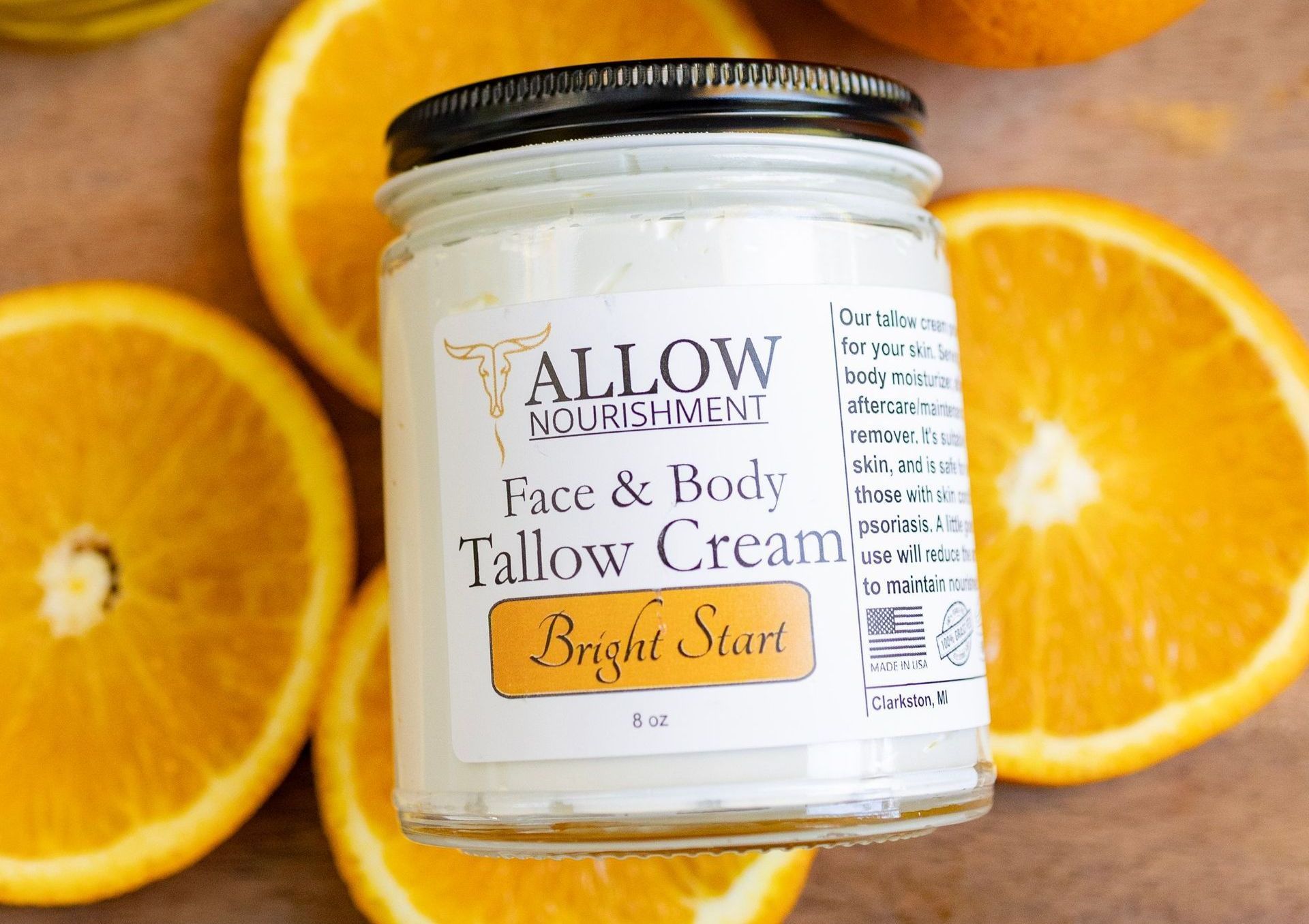Understanding Pregnancy Stretch Marks: Causes and treatment - Allow Yourself
Share this Article
Stretch marks, also called striae, are common skin changes that occur during pregnancy and leave indented streaks on areas such as the abdomen, hips, or thighs. Around
90% of pregnant women
experience these marks during their last trimester.
These marks appear when the skin stretches too quickly due to factors such as
pregnancy, rapid weight shifts, or hormonal changes. Genetics and conditions like Cushing syndrome can also increase your chances of getting them.
While stretch marks are harmless to your health, many people find them unsightly and want to get rid of them for strictly cosmetic reasons. Luckily, there are a
variety of treatment options
that range from topical creams with ingredients like tretinoin, to more advanced procedures like laser therapy.
Keep reading to hear more about the causes, treatments, and prevention tips for stretch marks in this in-depth guide!
Key Takeaways
- Stretch marks occur when skin stretches too quickly due to pregnancy, weight changes, or genetics.
- Rapid weight gain or hormonal shifts during pregnancy can weaken skin elasticity, causing stretch marks. A family history of stretch marks can also increase your risk of getting them.
- Topical creams like hyaluronic acid or laser therapy can improve appearance.
- Maintaining hydration, weight management, and using preventive skincare products can also help.
- Stretch marks rarely fully disappear, but you can prioritize your skin's health.
What Are Stretch Marks?
Stretch marks are streaks or lines that appear on the skin when it stretches too quickly due to weight gain or pregnancy. They often start as red or purple marks and fade to lighter shades over time.
Definition and appearance
Stretch marks, also called striae, also called striae, appear as indented streaks on the skin,
showing up in colors like red, pink, purple, blue, or even black. Over time, they may fade to a lighter shade.
They commonly affect areas of the body such as the abdomen, upper arms, thighs, and breasts. Early stretch marks often feel itchy because the connective tissue below the lines is struggling to keep up with growth.
Common areas affected
Pregnant individuals commonly notice stretch marks near their abdomen in the last trimester as their skin stretches to accommodate a growing baby bump.
These marks also develop on breasts due to
hormonal changes or breastfeeding.
Hips, thighs, and buttocks are other common areas affected by rapid weight gain and growth spurts. You may even see them on your arms and lower back if collagen fibers break down from excessive stretching.
Skincare products like cocoa butter
or
Allow Nourishment tallow skincare can help improve skin health, keep your skin moisturized, and help prevent future stretch marks.
Causes of Stretch Marks
Stretch marks develop when your skin stretches quickly and it struggles to keep up with the rapid growth. Factors like changes in the body or genetics can play a role in their formation as well.
Rapid weight changes
Rapid weight gain or loss can also stretch your skin. If you lose or gain too much weight quickly, the skin struggles to adjust, causing marks.
These changes are common in people with fluctuating body mass index due to
diet shifts or health conditions.
Anabolic steroid use can also trigger these marks by weakening the collagen in your skin. Focusing on gradual weight management instead of making sudden shifts can reduce stretch mark formation, while incorporating products like olive oil or topical preparations can help hydrate and increase resilience.
Pregnancy and hormonal changes
Hormonal changes during pregnancy, like
higher cortisol levels, weaken skin elasticity and can make pregnant women more likely to develop these unwelcome reddish-brown or purple marks.
Younger women have increased likelihood of getting stretch marks during their early pregnancy. A family history of stretch marks may also play a role in whether or not they appear. Using preventative products like Allow Nourishment Udder Delight Face and Body Tallow Cream can help soothe itchy skin and support hydration throughout pregnancy.
Stretch marks affect 50%-90% of individuals during pregnancy.
Genetic predisposition
Your genes play a role here too...if your family members have stretch marks, you're more likely to experience similar skin problems as well. Genetic disorders such as
Cushing syndrome and Marfan syndrome may also increase the risk of stretch marks due to changes in skin elasticity caused by hormonal imbalances or tissue growth.
Another factor that will influence how visible your stretch marks will be is your
skin type and color. Those with lighter skin tones might see reddish-brown marks initially, while darker skin tones could notice a deeper contrast when compared to their natural color.
Using preventive skincare products like creams found at Allow Nourishment may help strengthen your skin over time.
Treatment Options for Stretch Marks
Let's explore several ways to improve the appearance of existing stretch marks. Depending on your skin type and the stage of your stretch marks, you may require different treatments.
Topical creams and oils
Using topical creams and oils are a non-invasive way to improve early stretch marks. Here are a few ways to incorporate them into your routine:
- Use hyaluronic acid to hydrate the skin and reduce the look of reddish-brown marks.
- Apply tretinoin cream to boost collagen production in the affected areas. Studies show it can improve early pregnancy stretch marks within six months.
- Avoid oils like cocoa butter or almond oil, as research shows little evidence that they are effective for treating stretch marks over the long term.
- Glycolic acid treatments can help exfoliate and renew the skin’s surface gently.
- Using vitamin D products in your skincare routine will support overall skin health during or after the first trimester of pregnancy.
Laser therapy and microdermabrasion
Laser therapy and microdermabrasion are effective ways to help reduce the appearance of stretch marks, however they may have potential negative side effects.
- Laser therapy uses focused light to stimulate collagen production under the skin and promote healing. Results from resurfacing can last for years, but some side effects include swelling or pigmentation changes.
- Microdermabrasion exfoliates your skin using tiny crystals. which improves texture and minimizes stretch marks over time. You may notice results within weeks to months after consistent treatments.
- Both options require multiple sessions for visible improvements. Microneedling, often combined with these treatments, might need 3-6 sessions, with results that are noticeable in 4-6 months.
- Consulting a healthcare provider will ensure a safe treatment plan. They can offer professional advice suited to your specific skin condition and talk over any risk factors with you.
Next, let's discover how home remedies and lifestyle changes can effectively support the reduction of stretch marks.
Home remedies and lifestyle changes
Home remedies are affordable, simple, and easy to include in your daily routine. Try using some of the following tactics to improve the look of your skin:
- Apply natural oils like coconut oil or olive oil and massage the area gently to boost circulation and soften skin.
- Eat a healthy diet rich in citrus fruits, zinc, vitamins A, C, D, and protein to support skin repair.
- Drink plenty of water and limit caffeine intake since it can dry out your skin.
- Use Allow Nourishment creams as a natural skincare solution. They contain nutrients that enhance skin elasticity.
- Exercise regularly to promote better blood flow and strengthen your skin’s structure. Activities like yoga or walking are great for circulation.
- Avoid rapid weight gain or loss by maintaining a healthy weight over time.
- Take warm baths with Epsom salts occasionally to relax muscles and soften your skin texture naturally.
- Gently exfoliate using chemical peels or scrubs for improved tone and texture over time.
- Prioritize mental health by managing stress levels through meditation or breathing exercises since stress can impact the hormonal balance of the adrenal glands.
- Wear comfortable clothing during pregnancy, especially in the second trimester or seventh month, to reduce friction on sensitive areas prone to stretching.
Preventing Stretch Marks
It's easy to take simple steps to keep your skin healthy and reduce the chance of future stretch marks forming.
Maintaining healthy skin hydration
Drink plenty of water daily to keep your skin hydrated from within. Proper hydration strengthens elasticity and helps prevent reddish brown marks caused by skin stretching. Avoid excessive caffeine intake, as it dehydrates the skin.
Use quality skin products from Allow Nourishment to hydrate your skin naturally. Coconut oil or shea butter can also provide extra hydration for dry areas. Staying active will also help boost your circulation.
Gradual weight management
Rapid fluctuations in weight cause the skin to stretch quickly. By focusing on
slow, steady weight gain or loss, you can help prevent stretch marks by allowing your skin time to adapt while it continues maintaining its elasticity.
To support long-term women's health, pair regular exercise with nutritious meals for the best way to manage weight over time. Medical professionals often suggest avoiding extreme diets or drastic changes that can create stress on your body and skin.
Use of preventive skincare products
Using preventive skincare products can help minimize stretch marks before they form. Products like hyaluronic acid improve skin elasticity by keeping it hydrated. Tretinoin, a derivative of vitamin A, promotes collagen production and may reduce early signs of stretch marks.
Pregnant people, or those breastfeeding, should avoid tretinoin and consult their doctors for safer options. Allow Nourishment offers safe and effective tallow-based creams that will support your long-term skin health goals.
Conclusion
Stretch marks are a normal part of life and affect many people. While treatments can help reduce their appearance, they rarely disappear completely.
Focus on prevention
and healthy skin care to minimize your chances of developing them.
Choose options that fit your needs, and consult a doctor if you're unsure. Taking care of your skin is always a good idea over the long term!
FAQs
1. What causes stretch marks to appear?
Stretch marks often occur when the skin stretches or shrinks quickly due to factors like rapid weight gain, pregnancy near the due date, or growth spurts. These quick changes can damage the skin's elastic fibers and create marks.
2. Are laser treatments effective for reducing stretch marks?
Laser treatments are a good idea for improving the appearance of long-term stretch marks. However, results vary based on individual skin conditions and may require multiple sessions.
3. Can stretch marks be prevented during pregnancy?
While prevention isn't guaranteed, using moisturizers and staying hydrated may help reduce their severity as your due date approaches. It's also important to maintain gradual and healthy weight gain during this time.
4. Should I consult a doctor about my stretch marks?
Yes, consulting a dermatologist or visiting trusted sources like Cleveland Clinic is recommended if you're considering treatment options like laser therapy or need advice tailored to your specific skin condition.



